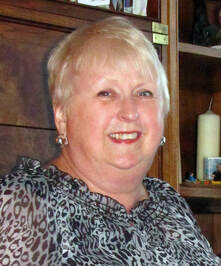 Jill (Boorman) Slagboom, 2011
Jill (Boorman) Slagboom, 2011 Jill’s husband and their 2 children wrote a lovely and fitting obituary, which is shared below. It was also published on the funeral home website, where a video and slideshow can also still be viewed. As her death and funeral occurred during the Covid lockdown, only 10 could attend the funeral in person, but many others attended via Zoom. The sheer quantity of condolences on the following link speaks to large number of long time friends and family that Jill nurtured.
Obituary for Jillian “Jill” Diane Slagboom (nee Boorman)
June 29, 1942 – April 19, 2021
Jill passed away peacefully on April 19, 2021 at the age of 78. She leaves behind her loving husband Barry, whom she was married to for 55 years, her son Kevin (Cynthia), daughter Tisha, and granddaughters Hannah, Kailee, Phoebe, Madeline and Caitlin, and her brother Terry Boorman (Claudia). Jill had an early passion for art and she evolved into an accomplished and well-known Canadian nature artist. Her paintings expressed realism and exhibited the colours and abundance of Vancouver Island as well as the places she travelled to. Jill completed many private commissions, was an "artist in residence" on the SS Universe to Alaska and taught painting throughout Greater Victoria, including at her home studios. She was a long-time member of several art clubs and associations, including the Federation of Canadian Artists, Saanich Peninsula Arts & Crafts, the Victoria Sketch Club and was an enthusiastic member of the Victoria Plein Air painter's group, called the Al Frescoes of Victoria.
Her favourite place was always at home in her garden and in her studio and she hosted many paint-ins in her garden with other notable artists. Jill was extremely creative in all areas of her life, was a vivid storyteller and maintained her love of art and the experience and tranquility that this brought into her life. She and her husband enjoyed travelling, Jill loved to see new places, to put her feet in the sand and to swim in warm ocean waters. In later years, they ventured up and down the island in their RV and spent summers with friends at Westwood Lake. Jill was the much-loved matriarch of the Slagboom family. Birthdays and special occasions always required special attention and an excuse to have family and friends over. These gatherings were central to her life and happiness, as were the many dear friendships she gained over the years. Jill's presence, warmth, and compassion will be missed by many whose lives she has touched and by the legacy of her paintings.
A Memorial Service will be held in person for the immediate family at McCall Gardens on Friday, April 30, 2021 at 1pm. All others are invited to join virtually on Zoom.
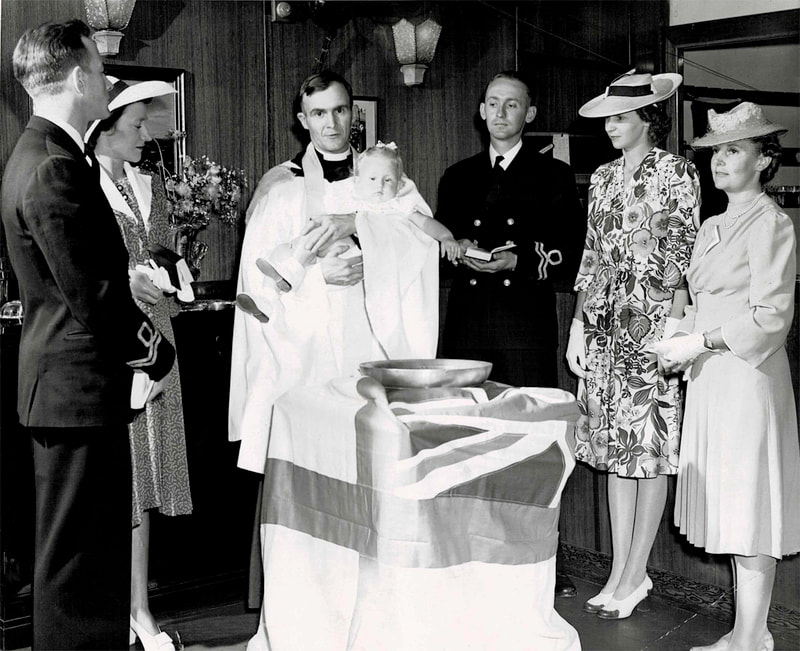
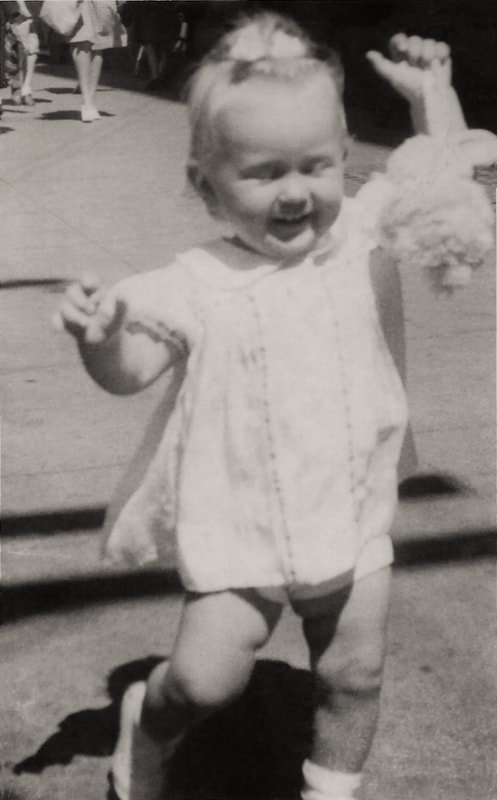
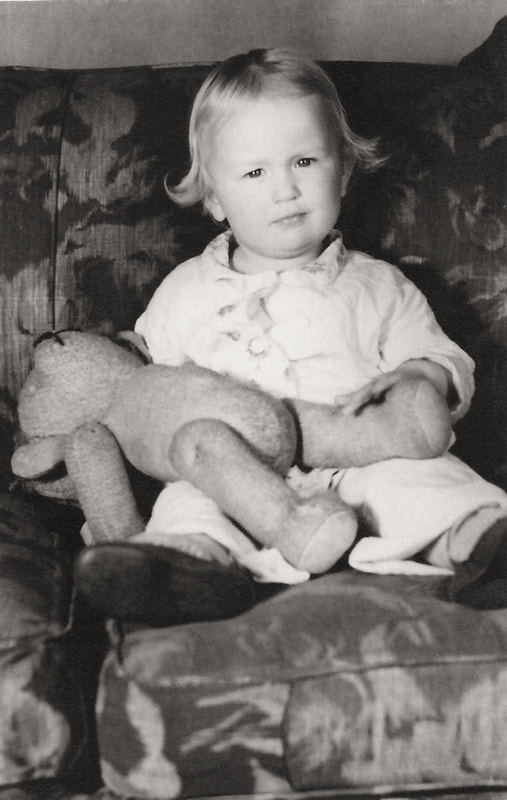
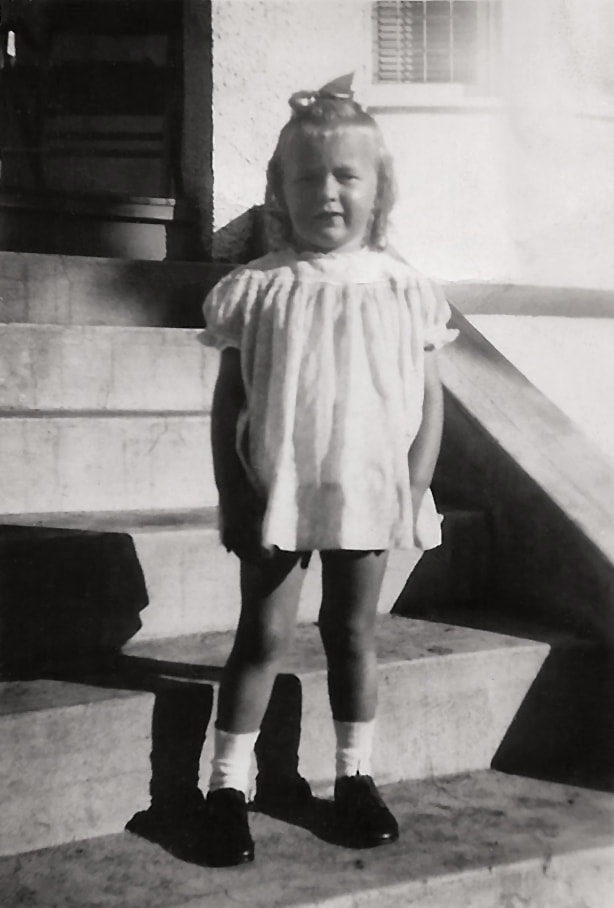
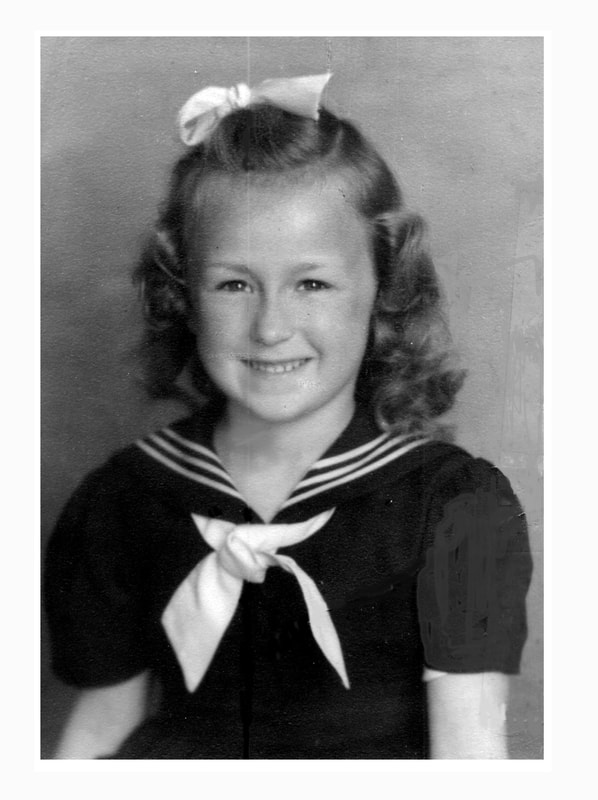
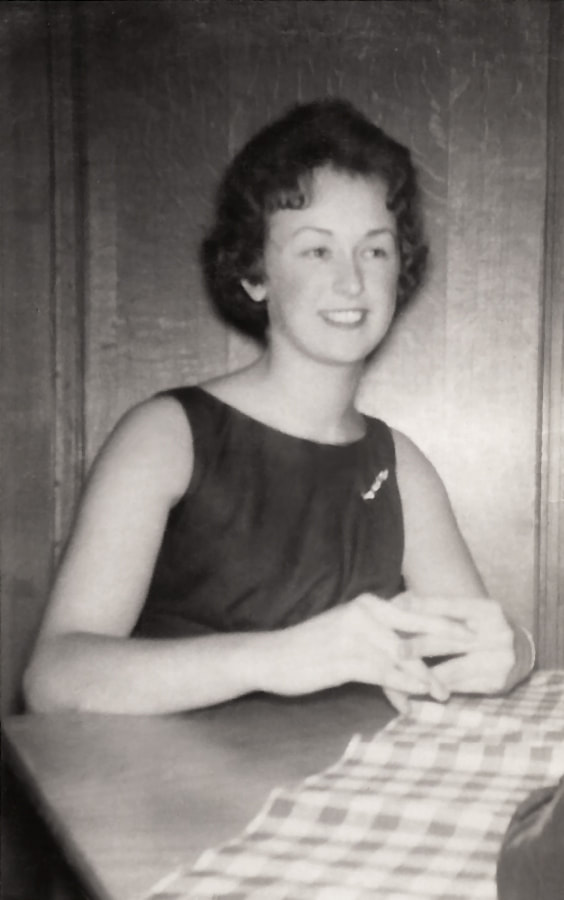
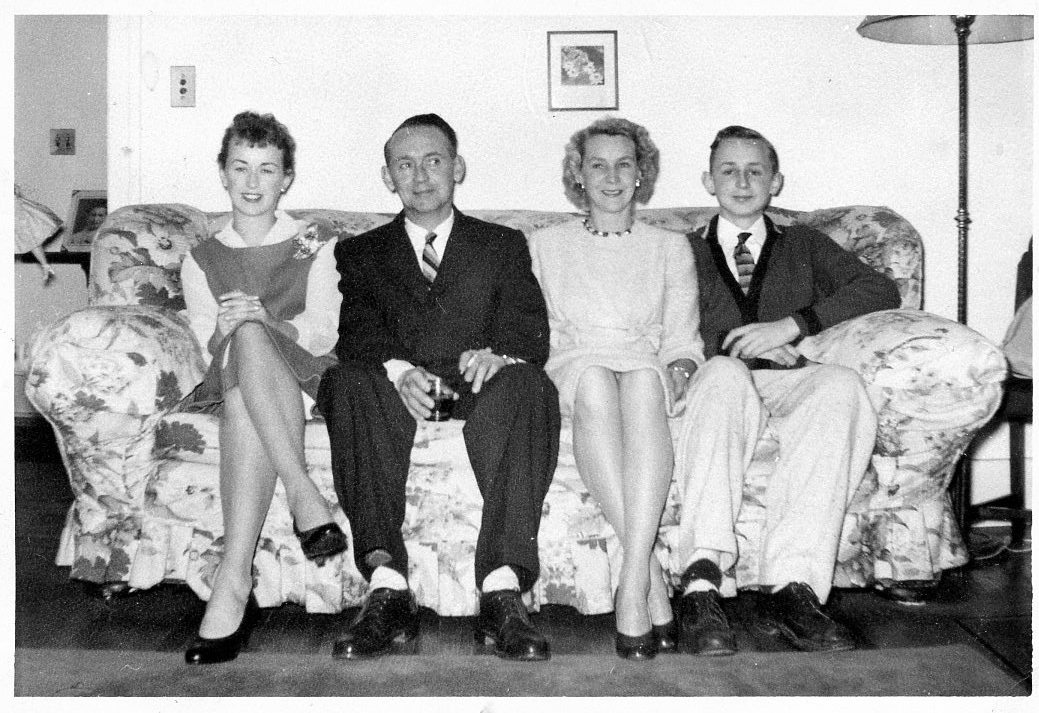
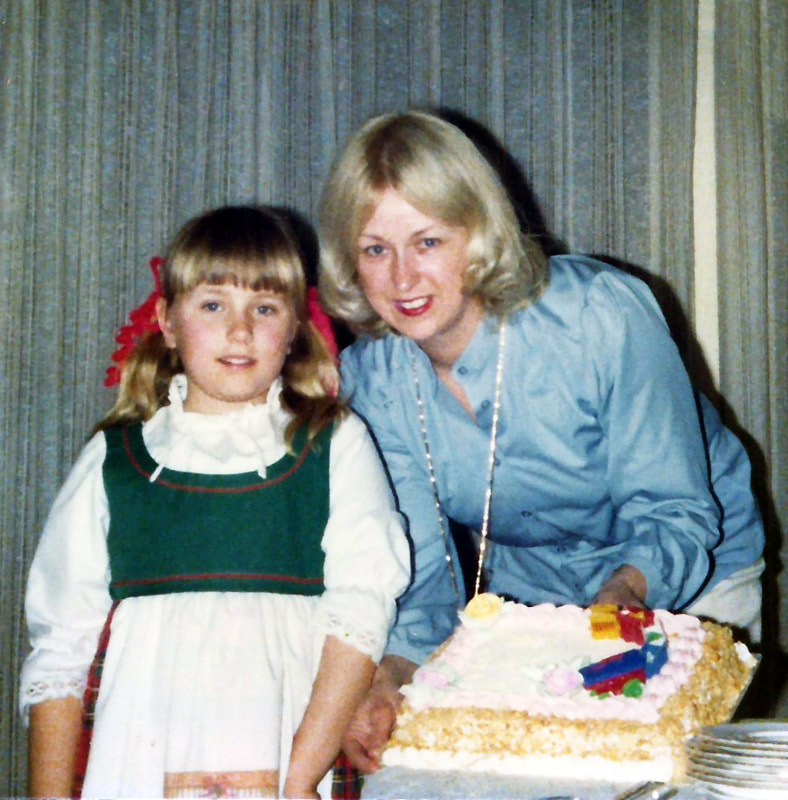
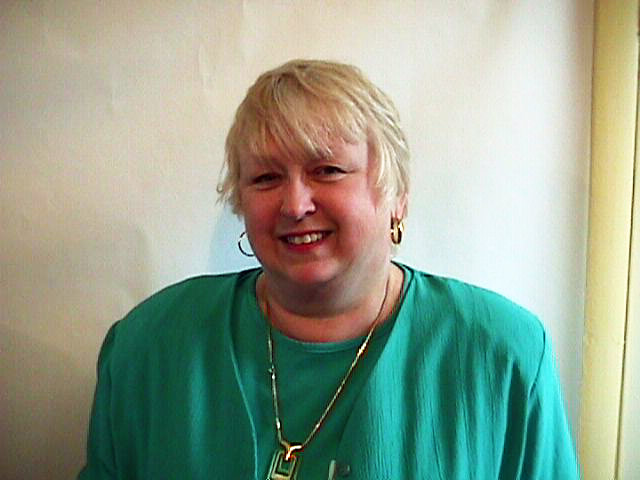
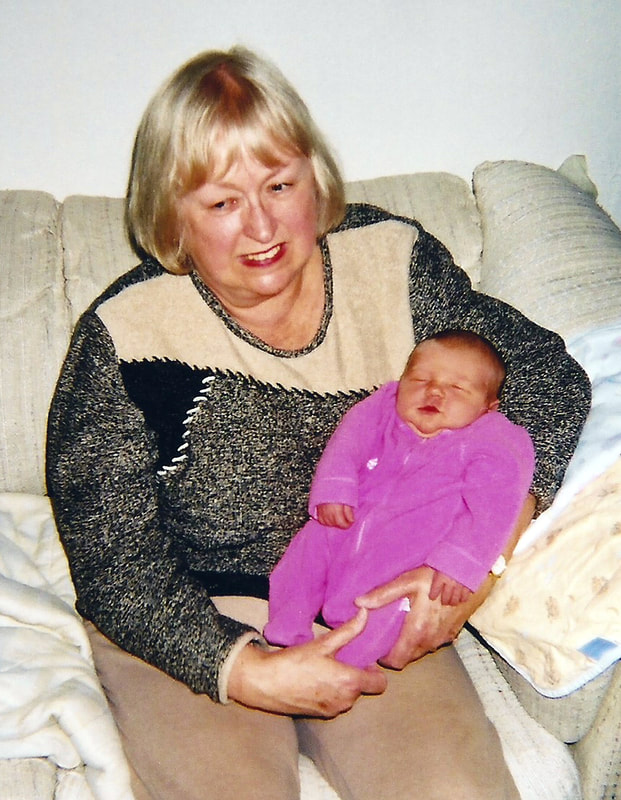
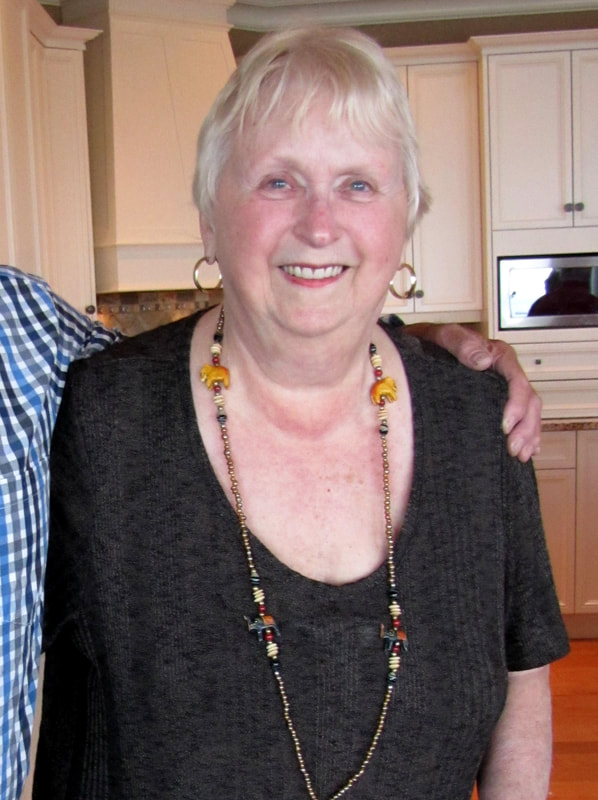
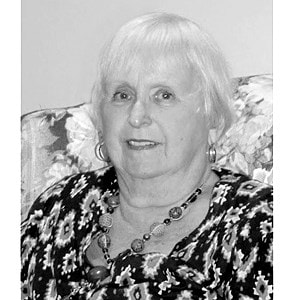

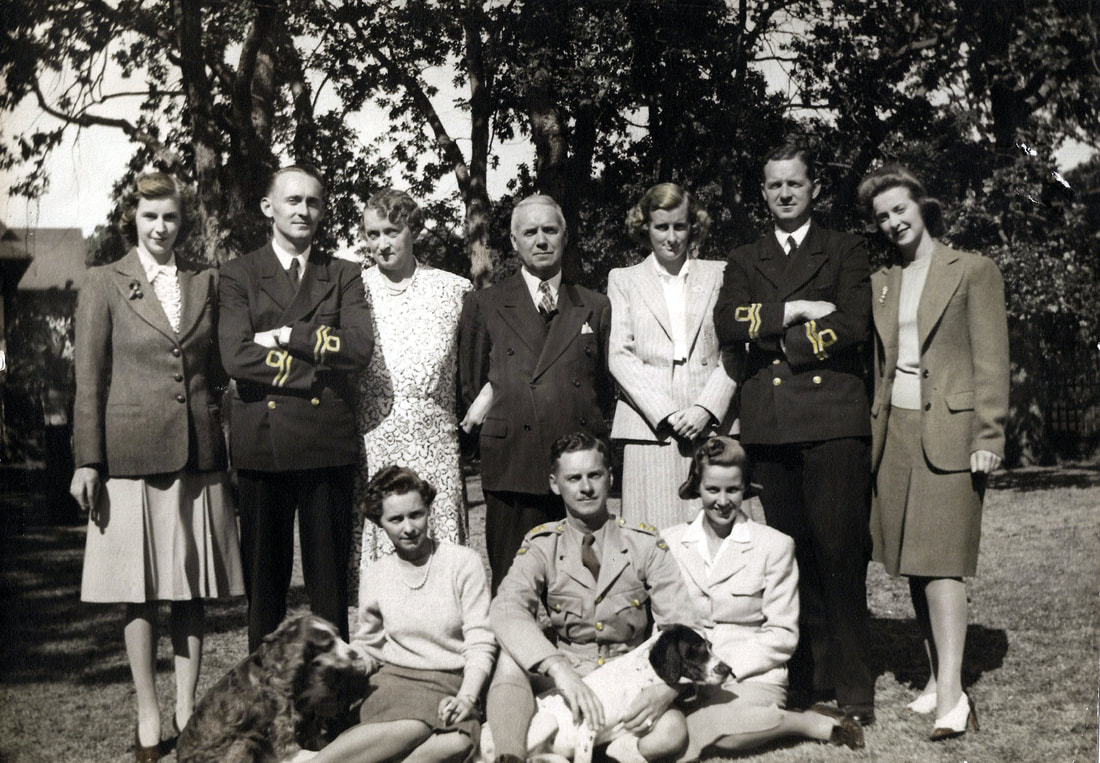
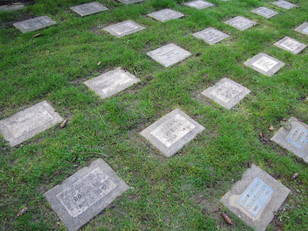
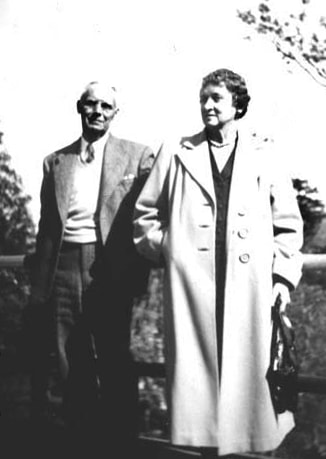
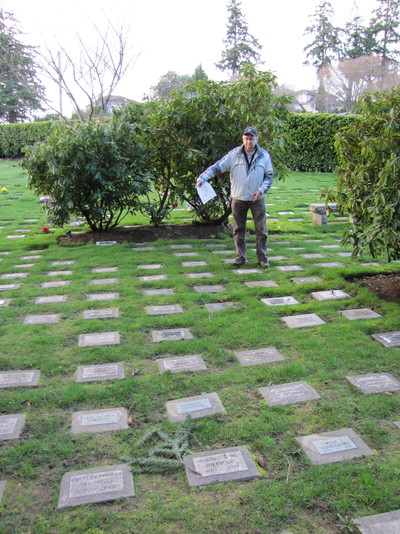
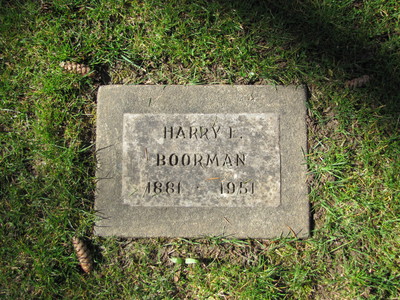
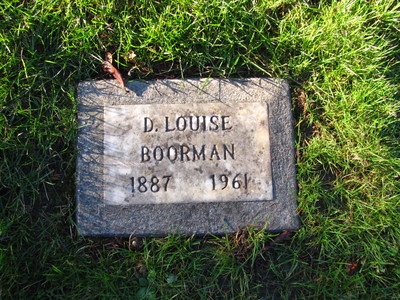
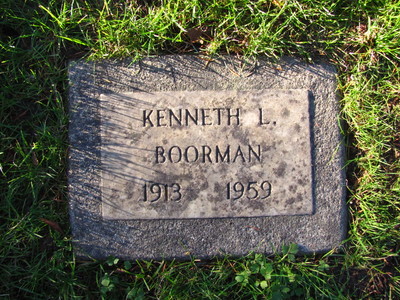
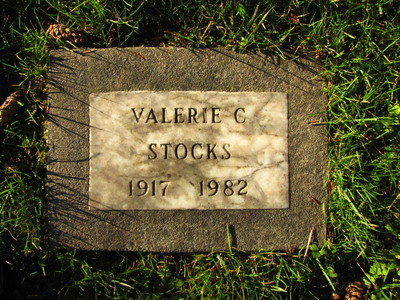
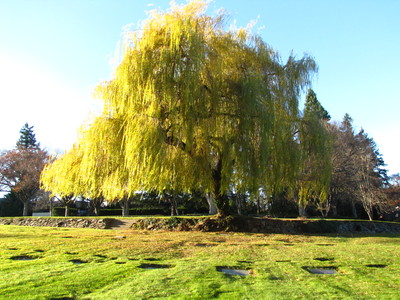
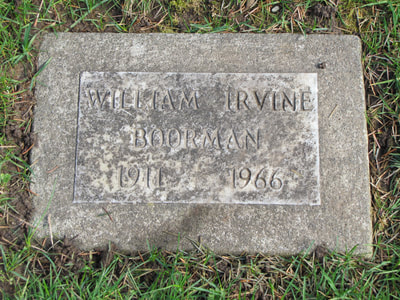
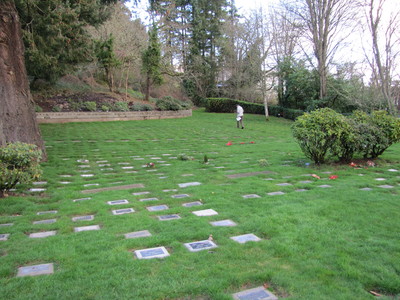
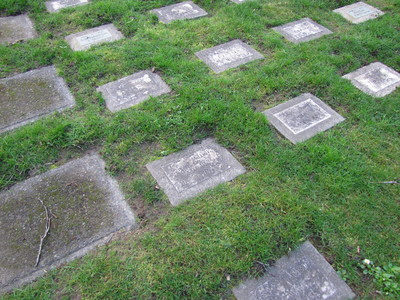
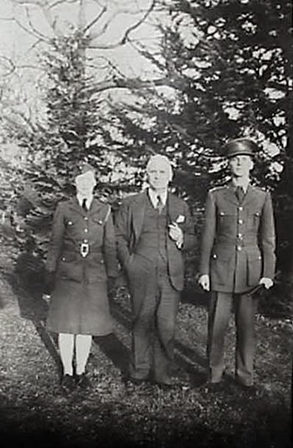
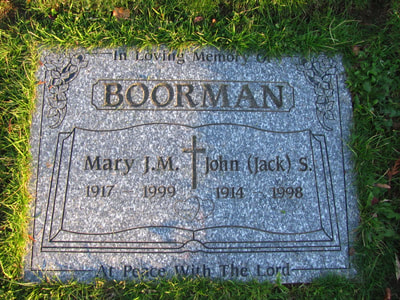
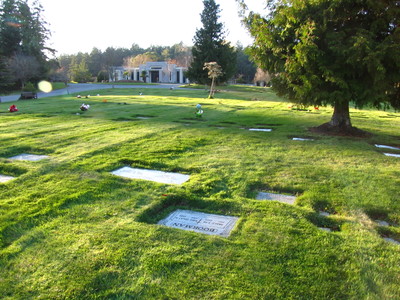
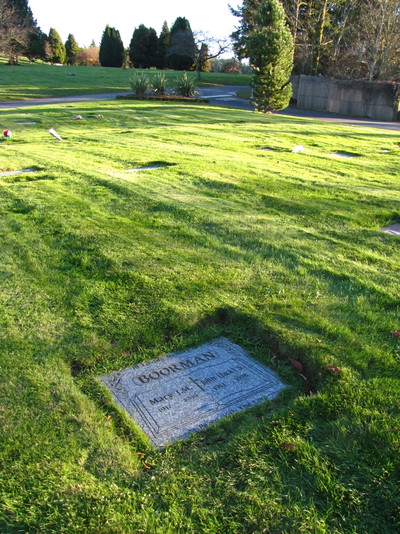
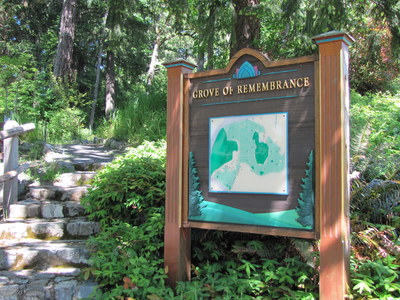
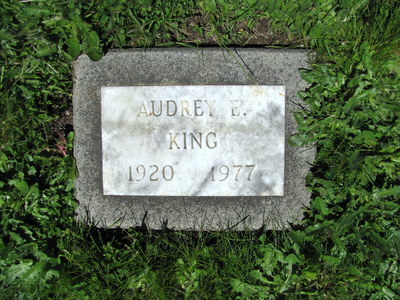
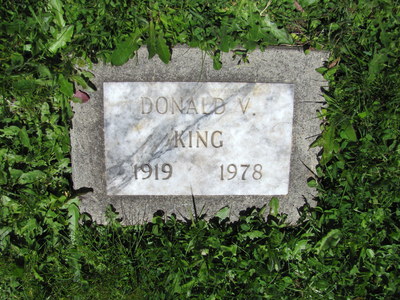
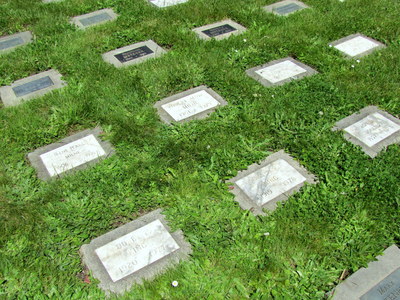
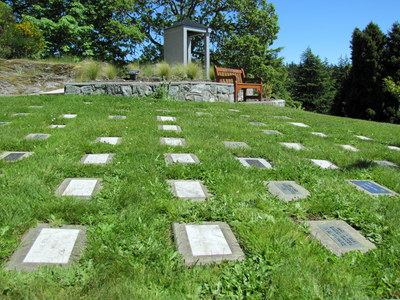
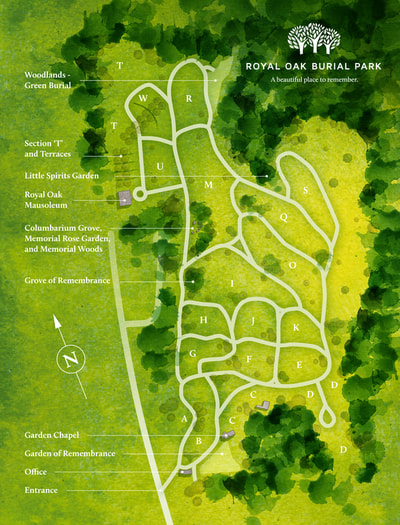
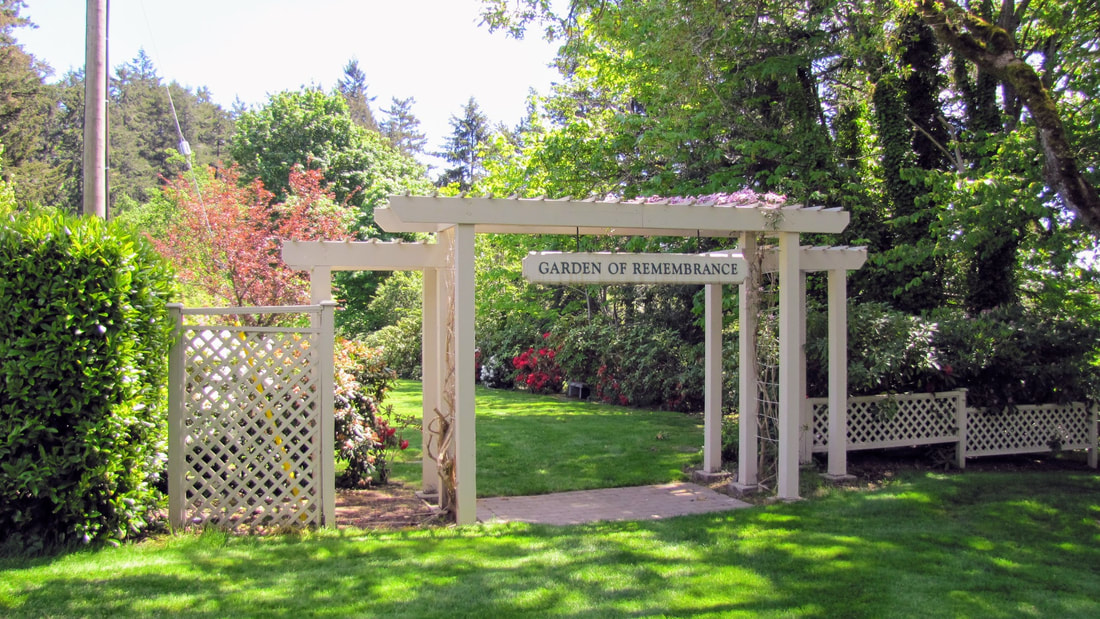
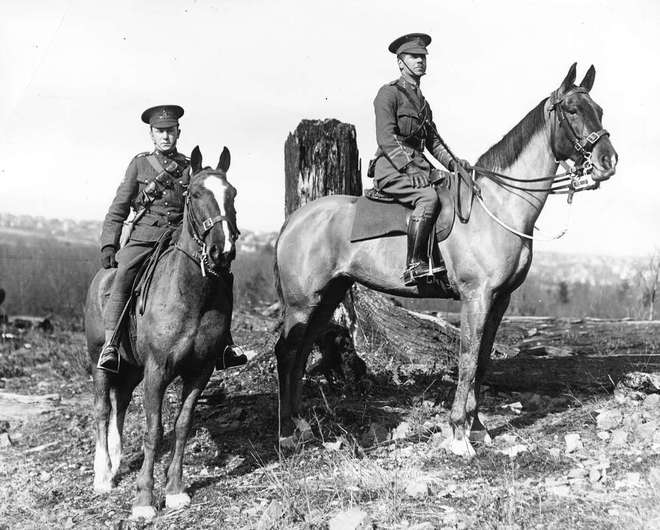
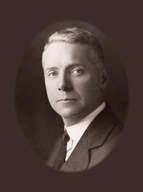
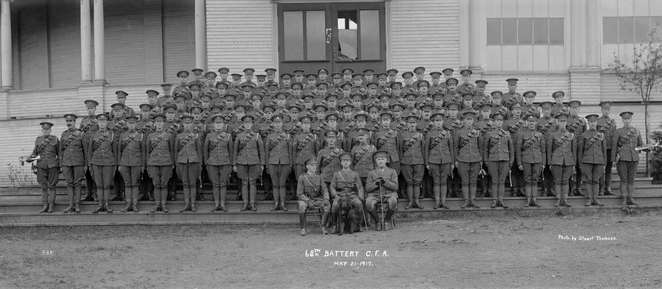
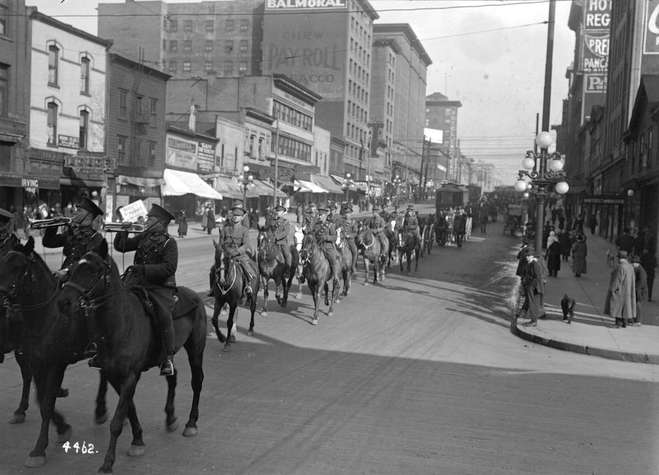
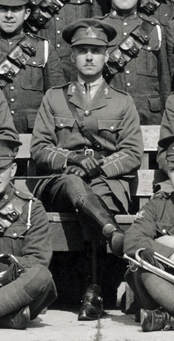
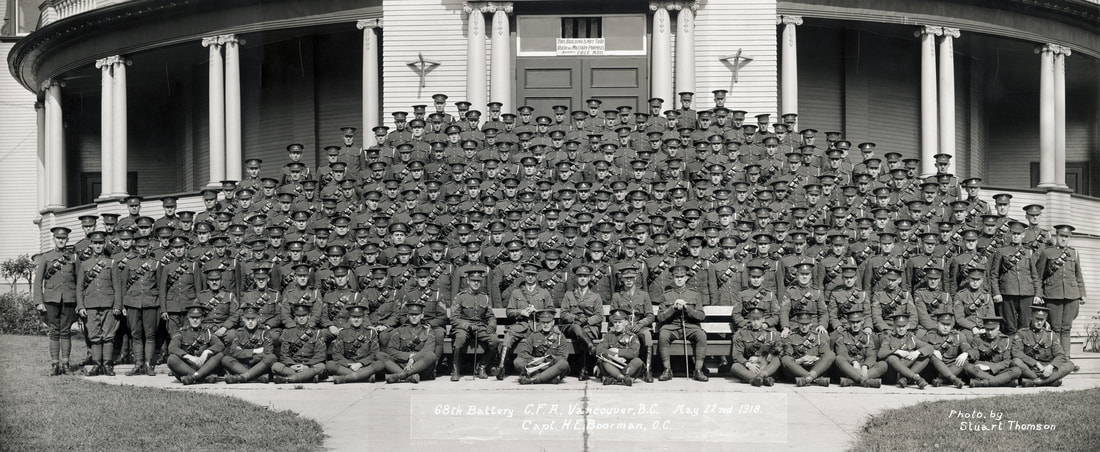
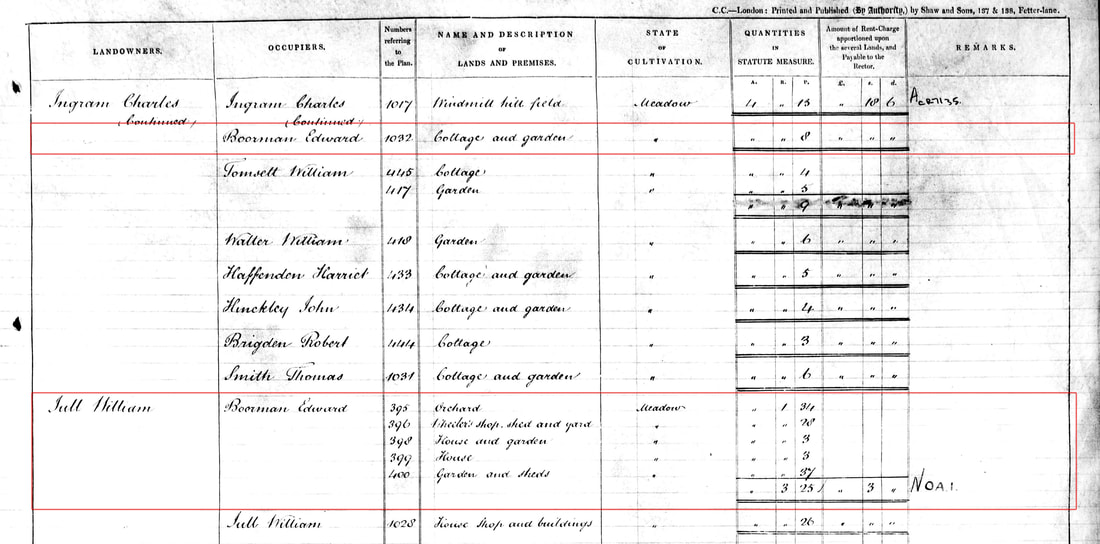
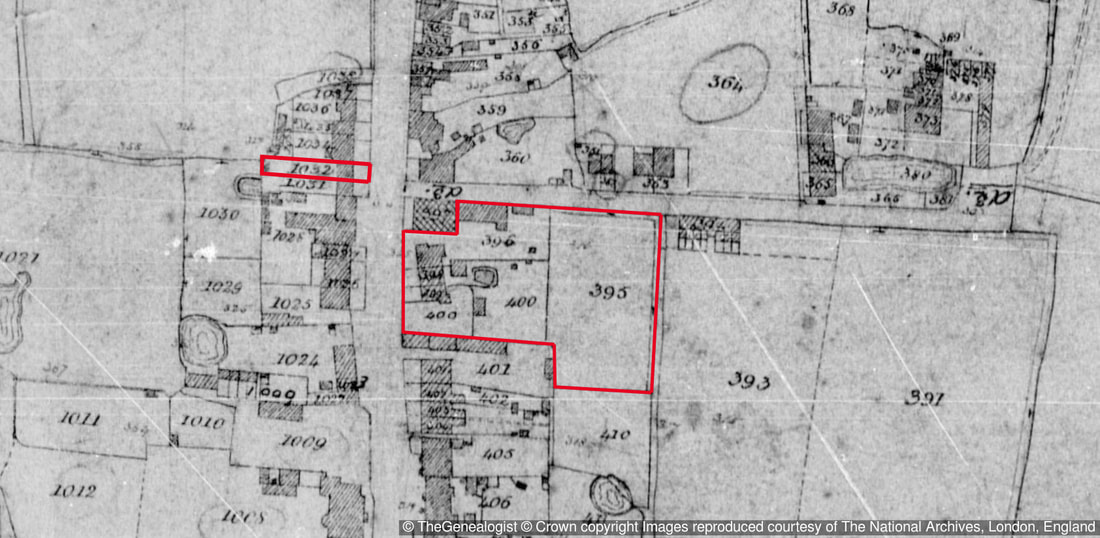
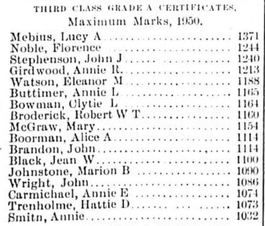
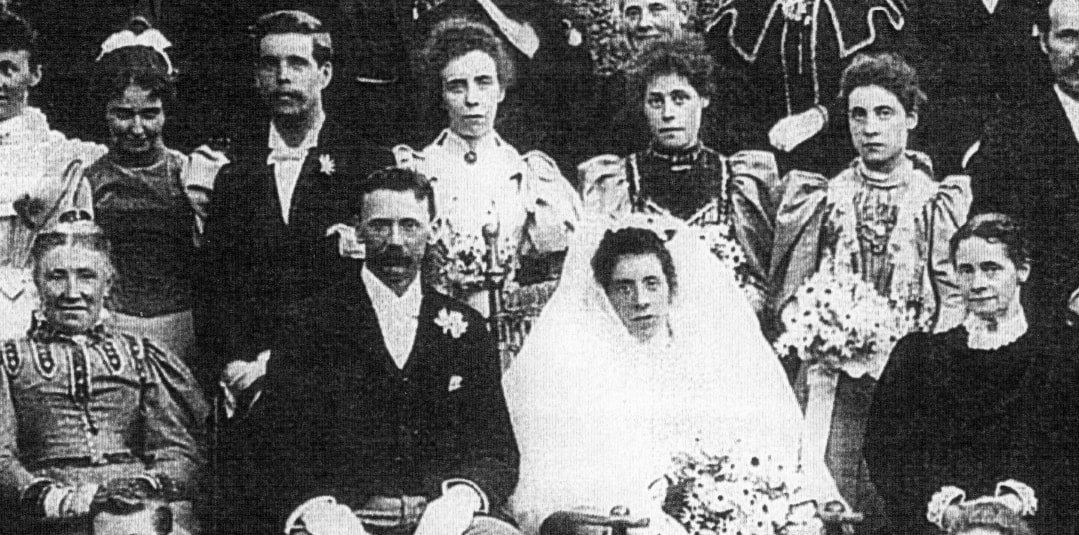
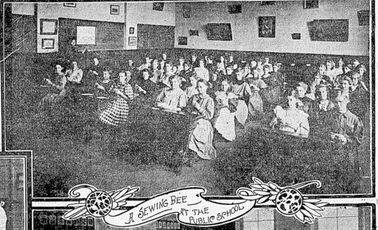
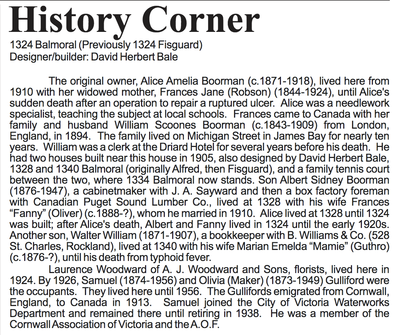
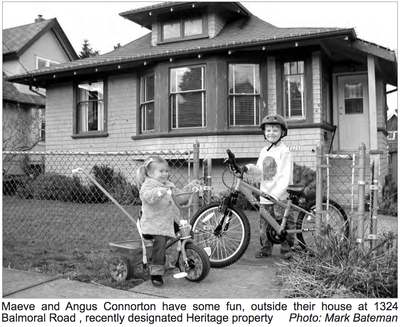
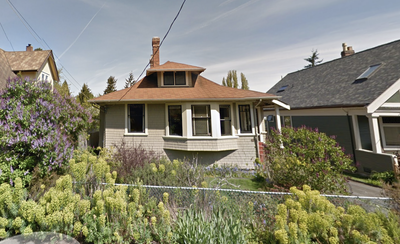
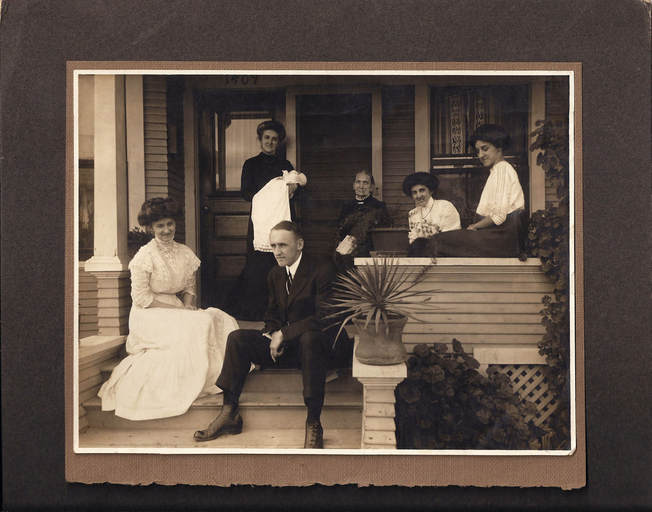
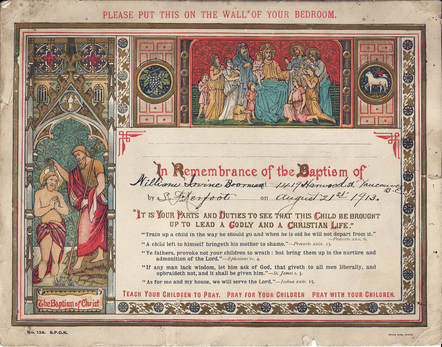
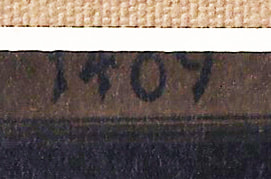
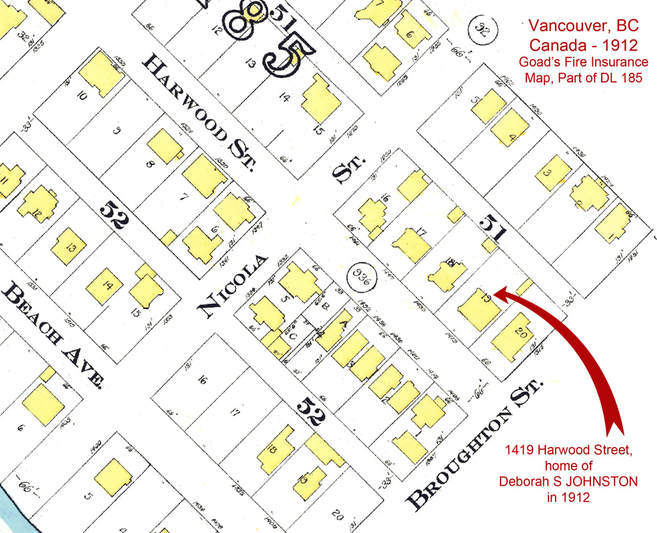
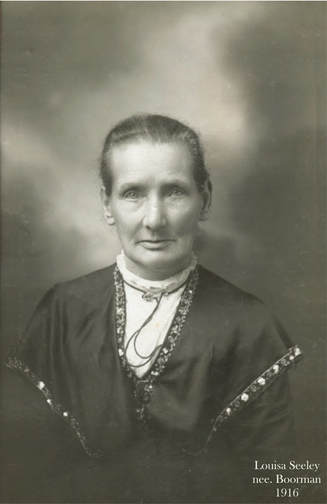
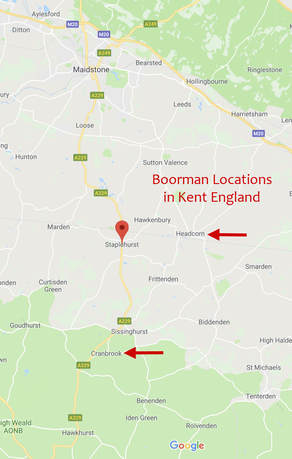
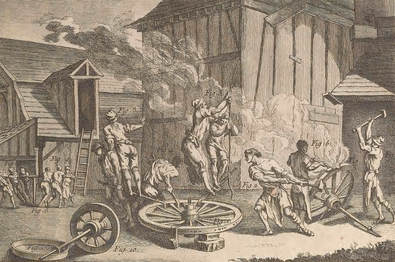
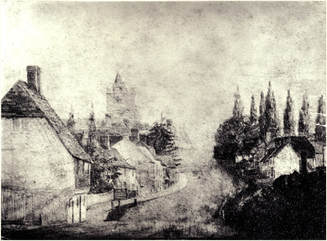
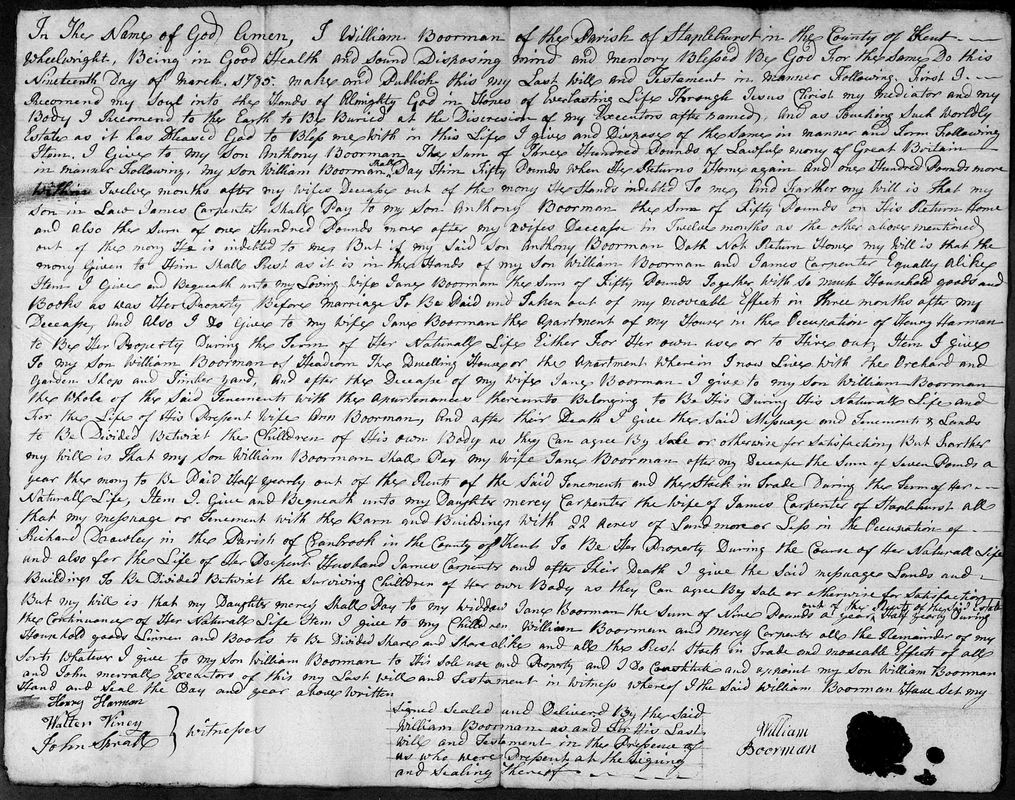
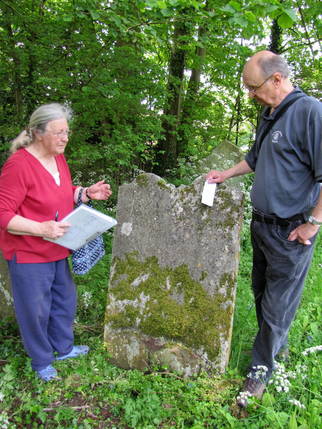
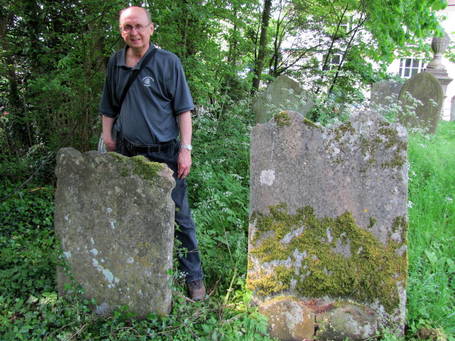
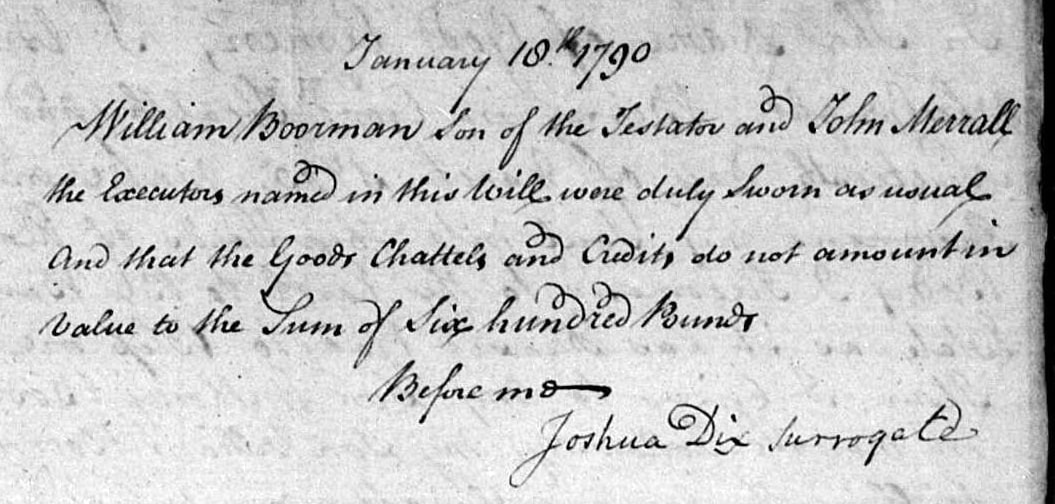
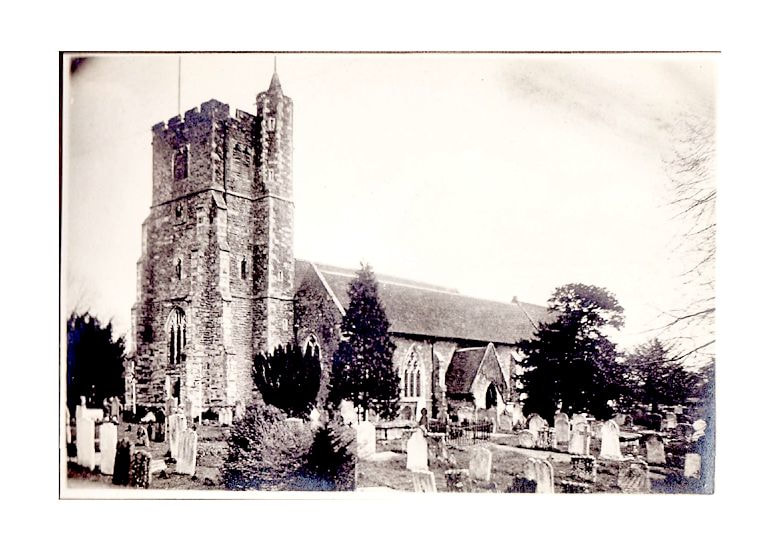
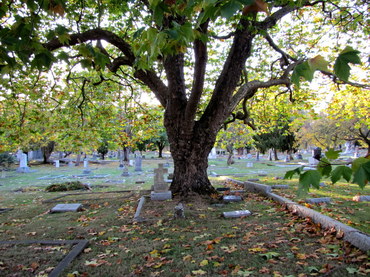
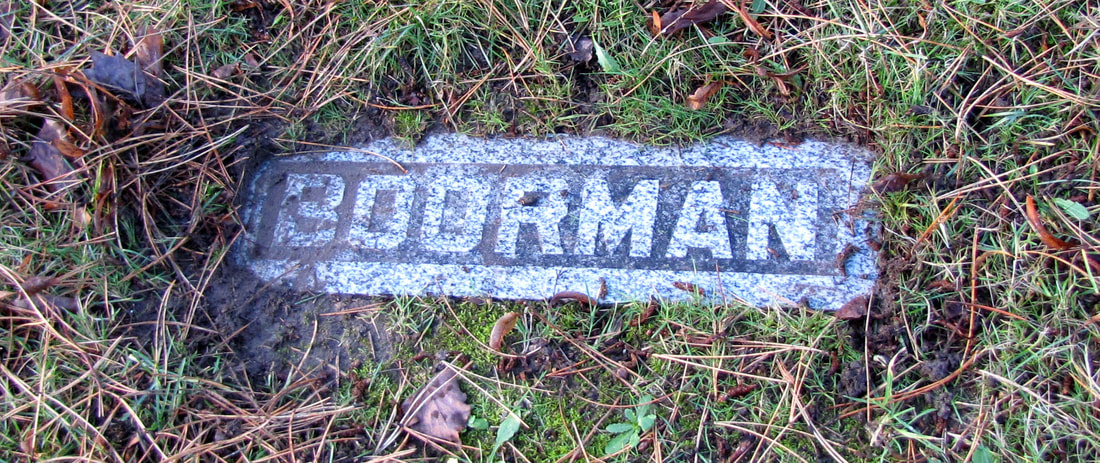
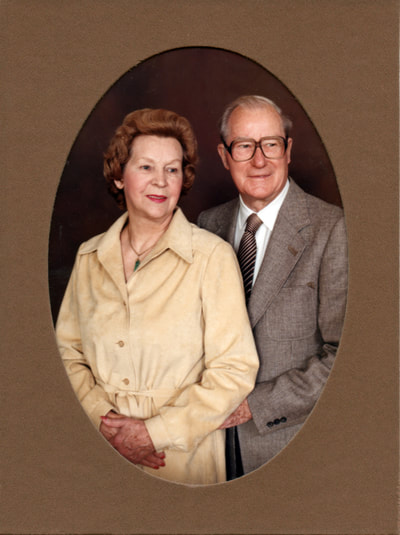
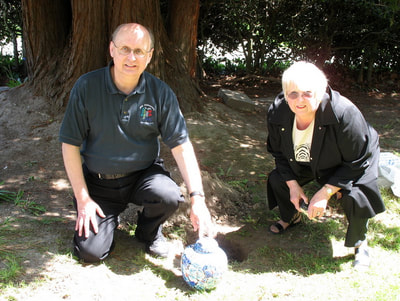
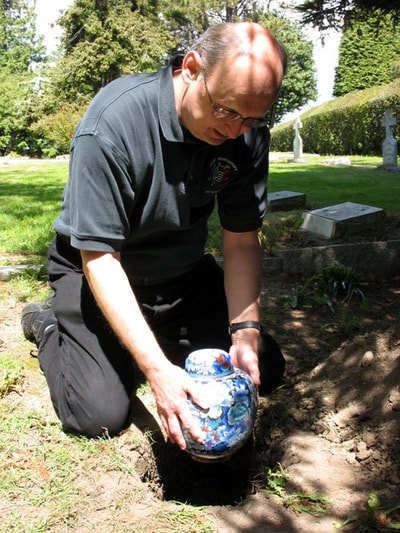
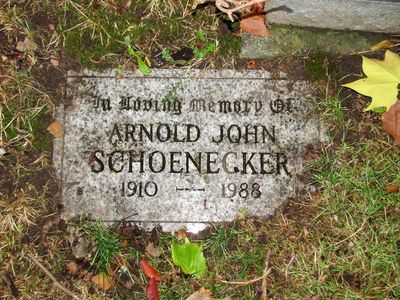
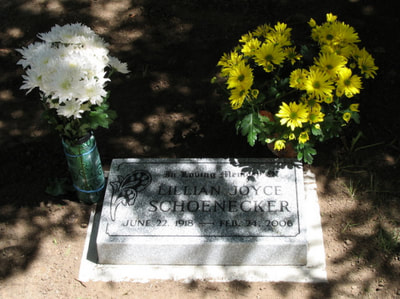
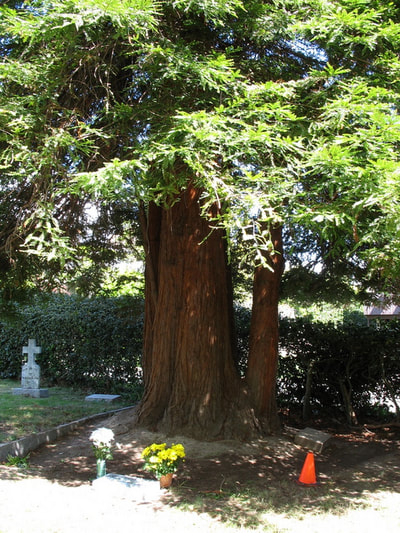
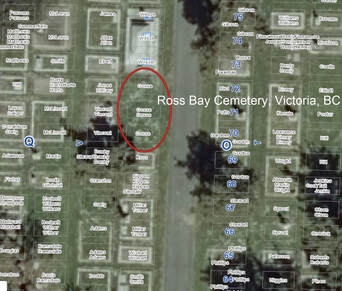
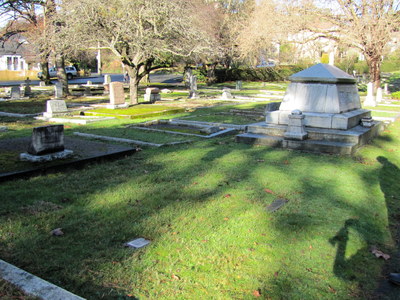
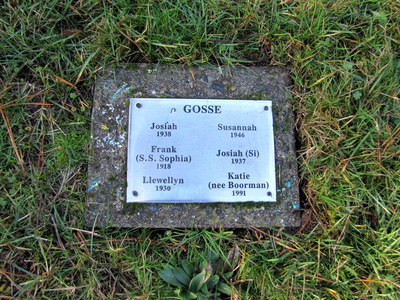
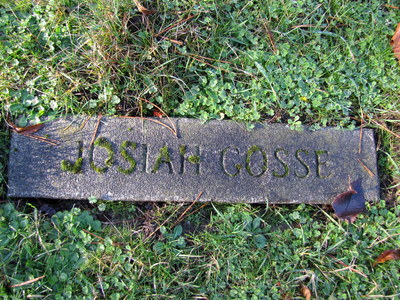
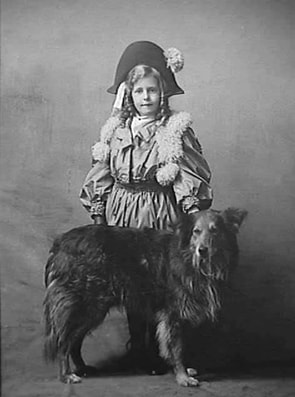
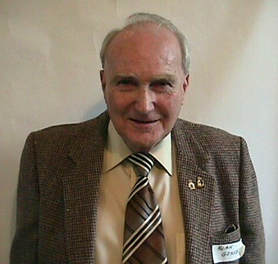
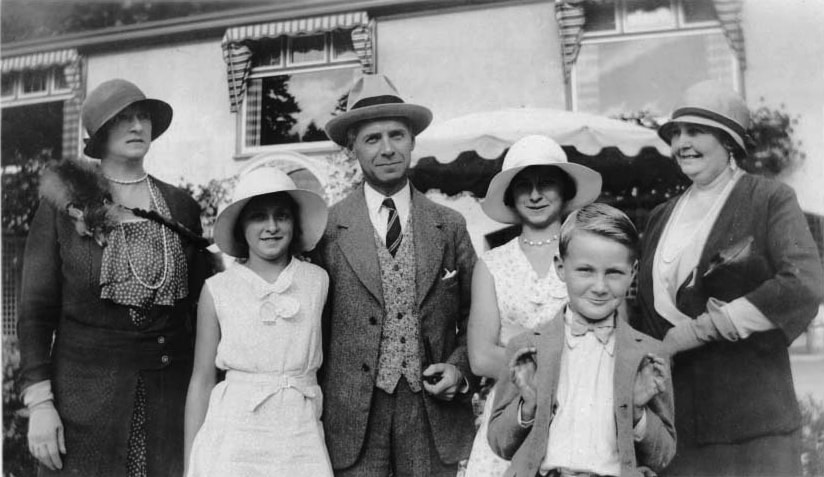
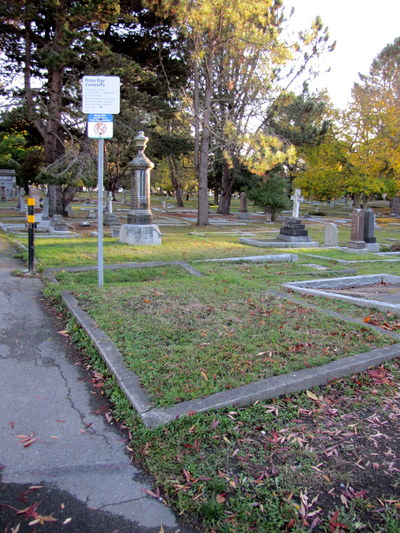
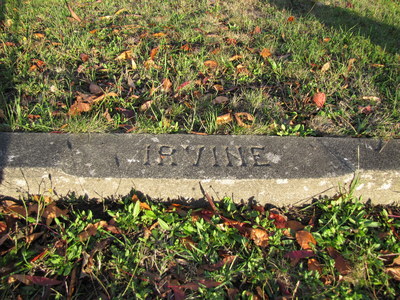
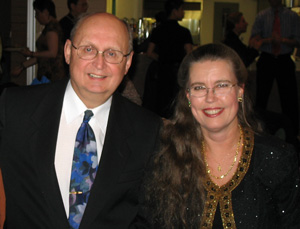
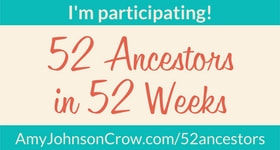
 RSS Feed
RSS Feed
